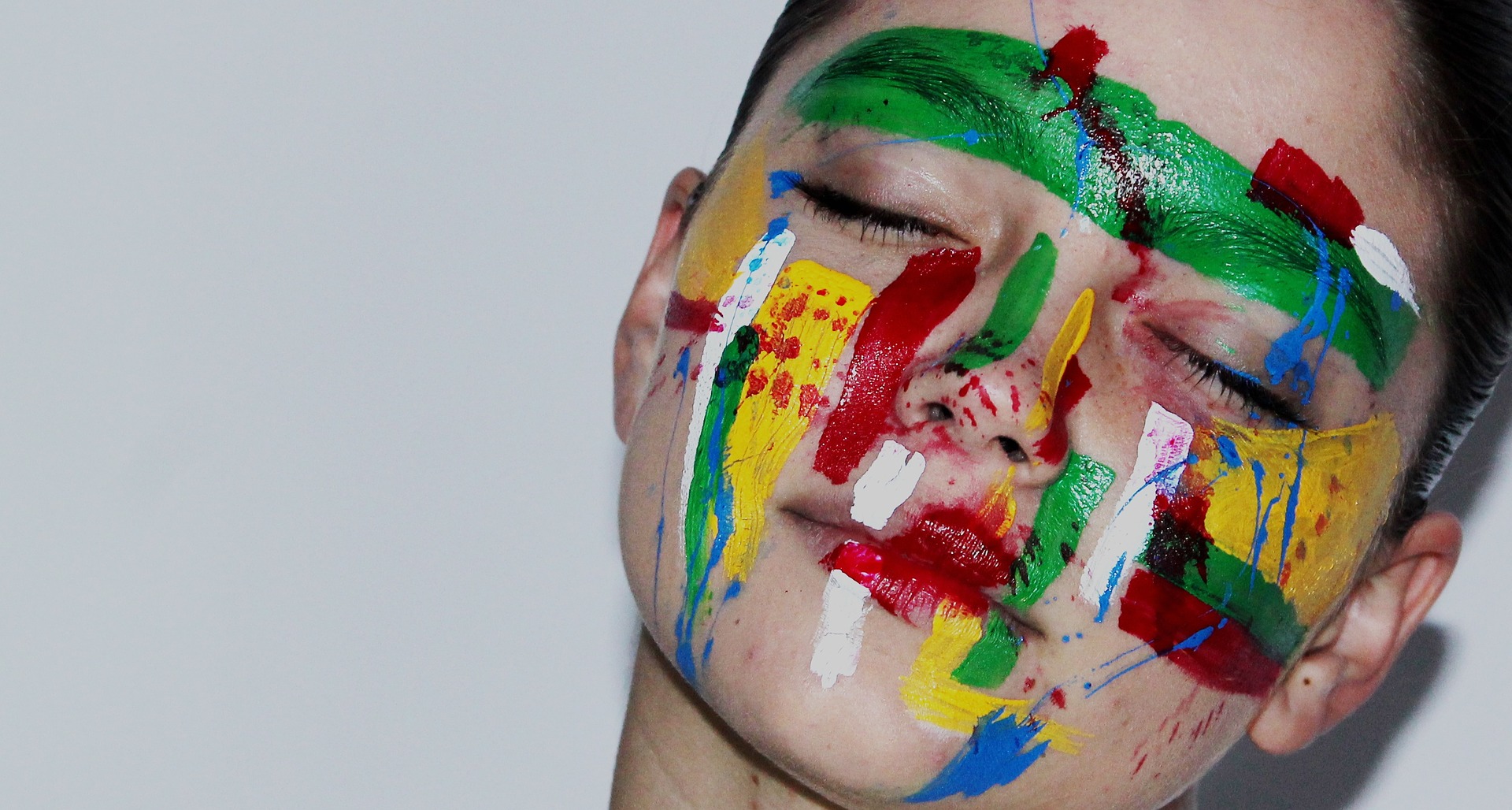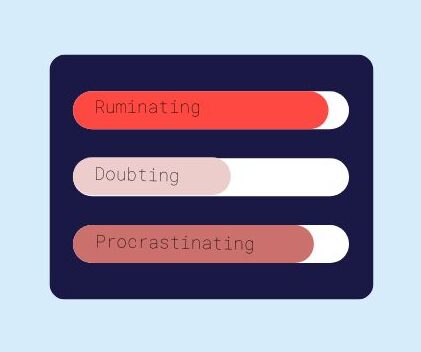
What is Body Dysmorphic Disorder?
Body Dysmorphic Disorder (BDD) is seeing as a form of Obsessive Compulsive Disorder (OCD) because it’s characterized by intrusive thoughts related to physical appearance, beliefs about others paying particular attention to those body areas, and compulsions to examine, minimize, hide these perceived flaws, or compare these physical attributes with others’ as a form of proving their beliefs about the defectiveness of them.
What are the symptoms?
People struggling with body dysmorphic features or disorder struggle with preoccupations/obsessions about the appearance of body areas, one or multiple, and they can be related to any part of the body. For instance, a person may have obsessions on one’s face or head, and may include features such as head size, ears’s size or shape, skin color, balding, evenness of the eyebrowns, etc. Such appearance preoccupations are difficult to manage, and on average occupy 3 to 8 hours each day (Phillips, K. A., 2004).
Many individuals with BDD engage also in repetitive, compulsive behaviors intended to examine or hide their perceived defect. Frequent behaviors include mirror checking, comparing oneself’s physical appearance relatively to others, excessive grooming, camouflaging body parts (e.g., with a hat, clothing, or makeup), frequent clothing changes, or seeking reassurance from others about their defective appearance. These behaviors often occur for many hours a day. (Phillips, K. A., 2004).
What is the most-effective treatment?
Cognitive Behavior Therapy (CBT) has demonstrated effectiveness in treating BDD, and in particular exposure and response prevention (ERP) helps individuals with BDD to progressively be exposed to anxiety-inducing situations by facing the body area they’re concerned about (ie: looking at the body area that is perceived as “defective,” e.g. one’s nose), while they are also being asked to abstain from repetitive behaviors intended to reduce such anxiety (ie: hiding the perceived facial feature during a conversation, wearing excessive make up, etc).
CBT incorporates cognitive-based interventions that helps to identify appearance-related thoughts that are driving the compulsions/obsessions.
Click here to take a self-assessment on body dysmorphic problems
References:
Khemlani-Patel, S., Neziroglu, F., & Mancusi, L. (2011). Cognitive-behavioral therapy for body dysmorphic disorder: A Comparative Investigation. International Journal of Cognitive Therapy, 4(4), 363-380. Retrieved July 3, 2015. (confirm this is same as p. 110 Williams)
Neziroglu, F., & Yaryura-Tobias, J. (1993). Exposure, response prevention, and cognitive therapy in the treatment of body dysmorphic disorder. Behavior Therapy, 24, 431-438.







